The Weird Practice Of Victorians Eating Ancient Mummies For Healing Power
In modern-day society, people visit doctors, therapists, and pharmacists when they need to heal their bodies, brains and souls. These professionals are known to be our healers and heroes, working overtime to give people what they need to stay healthy and happy.
Medicine is given to us in many forms – pills, foods from the earth, and sometimes even laughter. However, history shows that Ancient societies believed in a different substance for healing. This European tradition is unlike any healing practice we know of.
Are you interested in learning more about the secrets of your subconscious and healing powers? Tap into the 4,000-year-old science of Numerological Analysis with a FREE Numerology video report.
Researching The Human Body
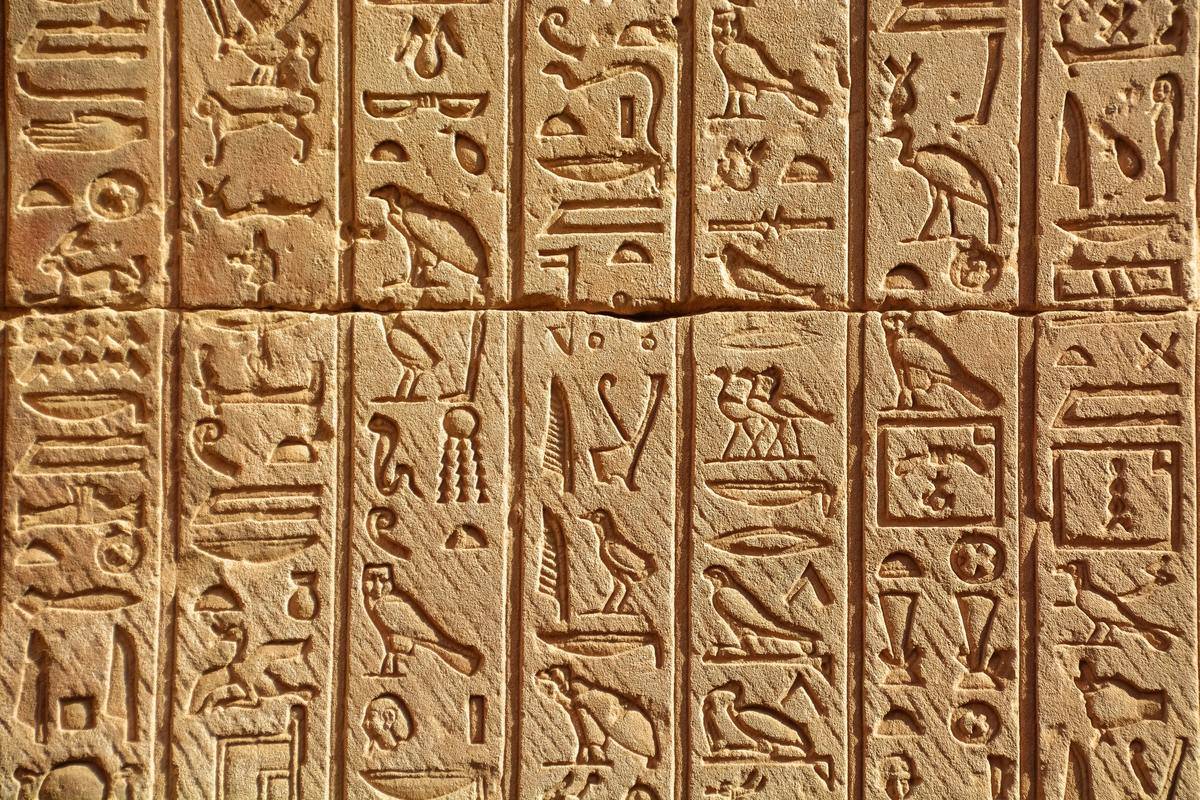
It was a common belief in Ancient Civilizations that evil spirits often possessed the body of human beings. They believed that demonic entities within the body caused a blockage, so people caught diseases and life-threatening illnesses. Natural remedies and spiritual and religious prayer were, at one point, the only tools for healing.
As time evolved, the Egyptians began to establish the professions of doctors, medicine, and research. The wealthy population of Egyptian society found hobbies in studying, developing health care, and traveling the world to bring back innovative rituals to Egypt. However, eventually, something eerie became the most famous ritual …
What They Found
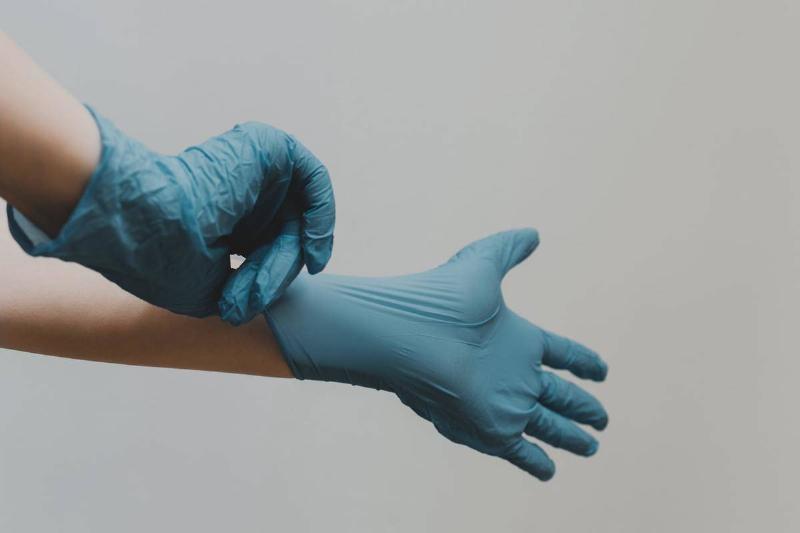
The Ebers Papyrus is a document where Egyptians captured over 700 remedies for spiritual wellness. To keep away the demons that triggered illnesses, scientific procedures were documented to advise treatments on the body.
But, over time, doctors began to excel at their work, performing surgeries on live Egyptians and mummification on passed ones. And with the combination of interest in medicine and the body, Europeans found a benefit in eating the mummified dead.
Corpse-Eating

Around the 16th century, the habit of eating the deceased human body became shockingly widespread. This resulted from both medicinal experimentation and magical ideas about spiritual cleansing. Physical body parts were taught to behold the cures of sicknesses, and soul transferring was thought to be possible between Egyptian Mummy and Europeans.
Nosebleeds, epilepsy, internal bleeding and skin conditions were healed from the excavated human skull, human fat, and moss growing on rotting corpses. It was even a widespread myth that the strength from one person's spirit could be carried into the spirit of the consumer. So, they continued to eat.
Cannibalism
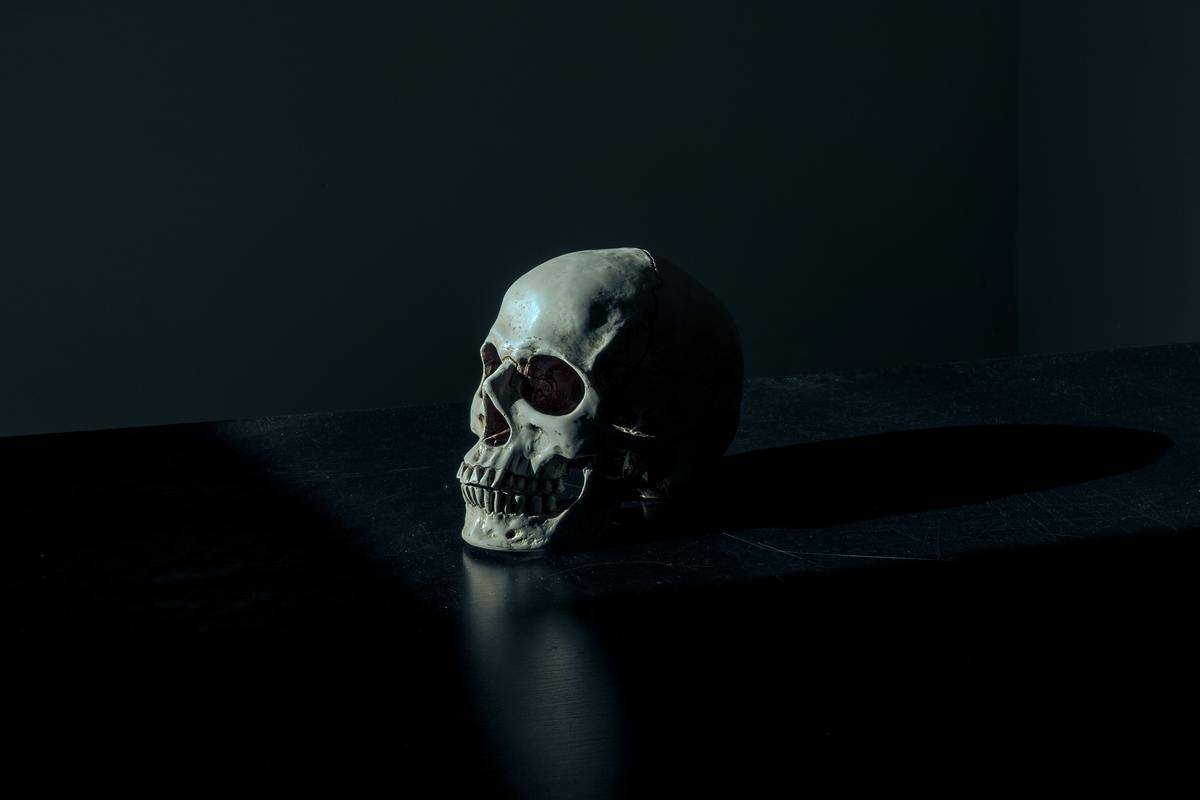
Most often, the corpse of the Egyptian body was ground up into ash or broken apart by bones and limbs. But as the ritual became more common, some Europeans stopped waiting for the bodies to be mummified before consuming them.
The dead body was paired with flavourful combinations and sweeteners. Alcohol, chocolate, honey and other pairings were popular snacks. Blood was an even more excellent resource but was also much harder to get. The desire for good health and strong souls led humans to go to great extents to consume blood and fat before the mummifying process.
The Belief In Bitumen
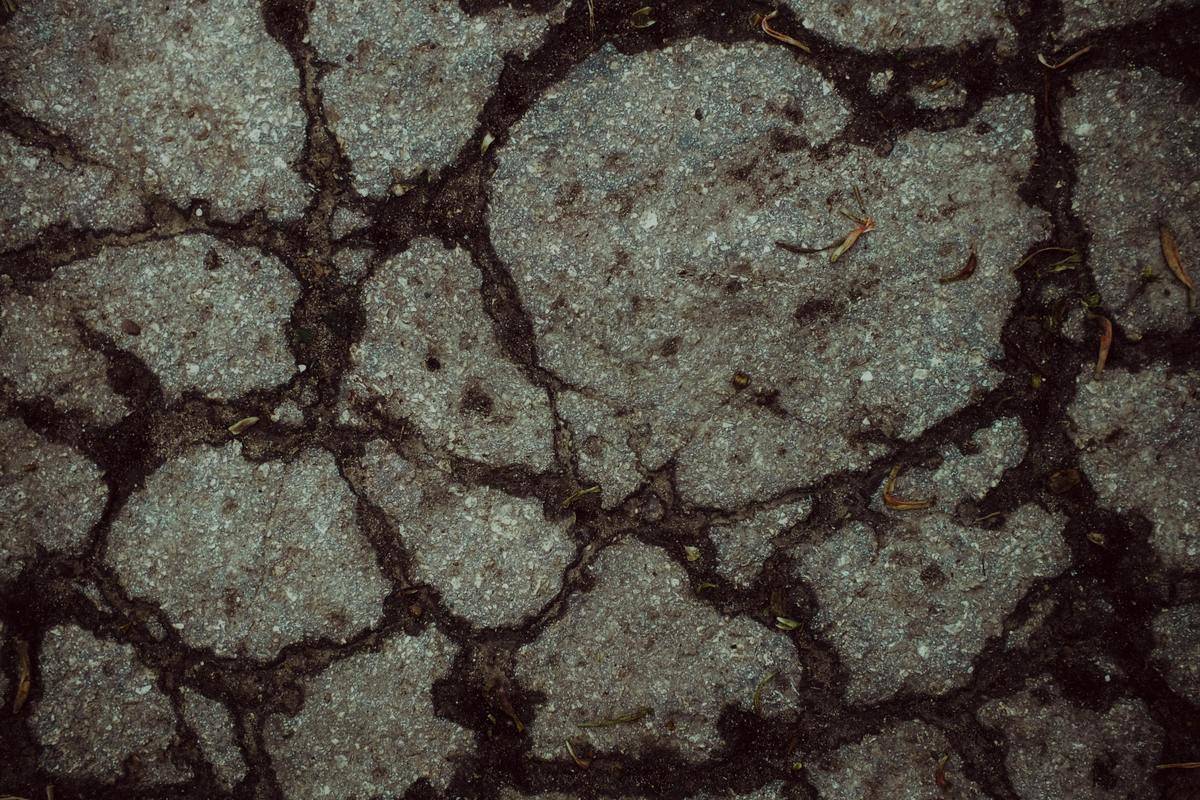
Curious as to what led to the tradition of corpse-eating? It resulted from a combination of misunderstandings. Bitumen is a substance used to help plants thrive beyond the invasion of pests and bugs. Before modern society knew this, the Ancients first believed it was a cure to keep away illness and evil spiritual demons from the human body and soul.
Pliny The Elder, a well-known naturalist from Ancient times, recommended the benefits of ingesting bitumen. Ancient civilians thought the black coating on embalmed mummified bodies and items was the same healing substance as the natural bitumen found outside. The more this natural remedy was used from nature, the more it became in demand, leading to the meal of mummies. This trend continued all through the Victorian era.
The End Of The Eating
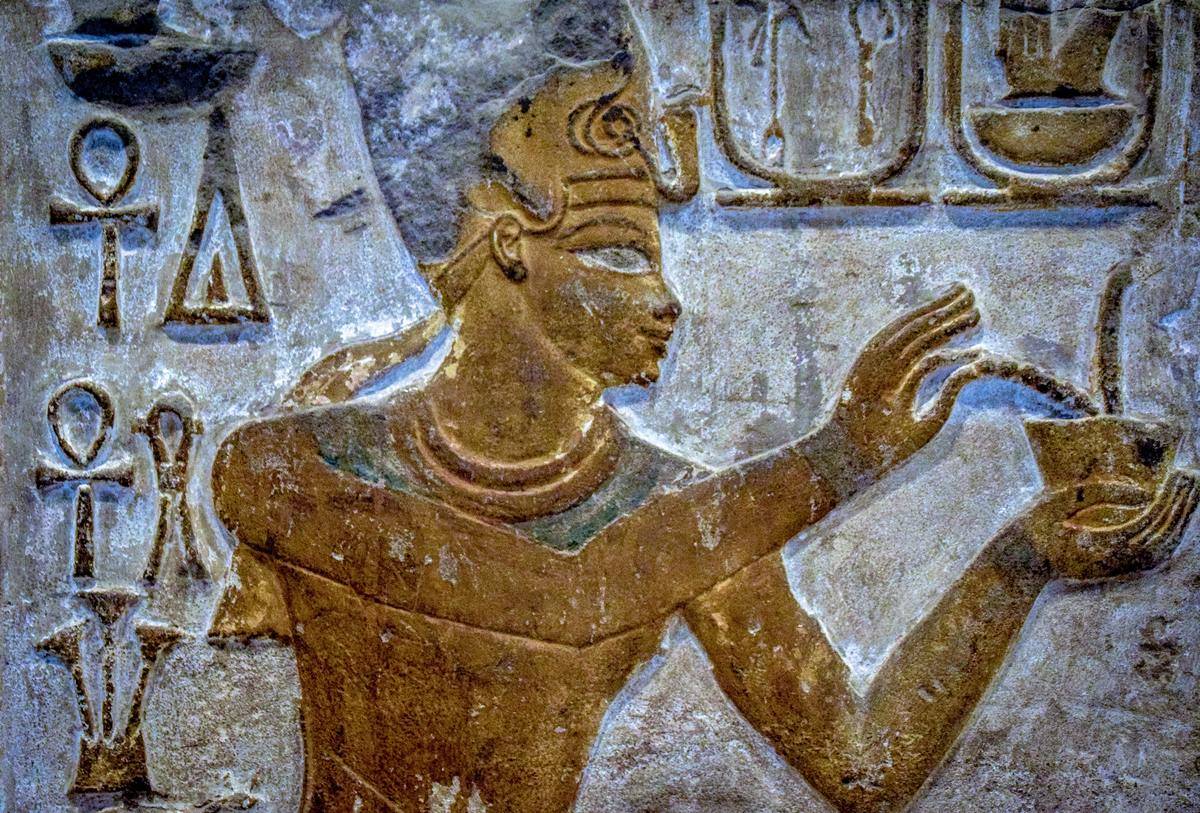
The beginning of the twentieth century marked the ending of corpse-eating. Cannibalism within European culture stopped, but the opportunity for the wealthy to purchase mummies and have unwrapping parties prevailed until the mid-1900s.
Society began to develop common sense along with the advancements in health care and religious practices. Once they understood that the health benefits of cannibalism were false, there was no longer a need for the sane to continue the insanity.
Then And Now

History can sometimes sound like fictional stories about faraway lands. The truth is, we have adopted a lot of Ancient civilizations' practices and beliefs. While cannibalism is a foreign practice today, modern health care is influenced by similar rituals.
Like the Egyptians and Europeans, humans still use body parts from others as healing methods. Blood transfusions, kidney transplants, and similar medical procedures continue to use the practice of bodily transfers. The concept of the soul and body linked as one whole has also prevailed over time and centuries, mixing philosophy with science.
Myths And Mummies
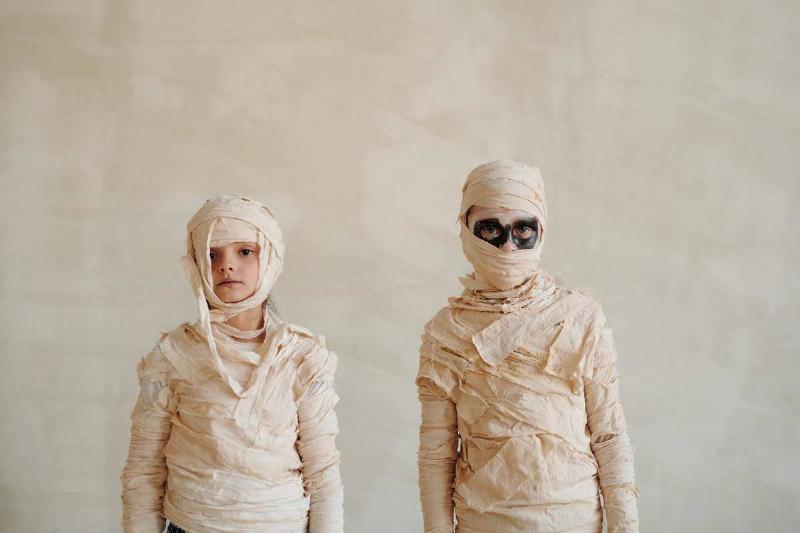
Today, mummies are popular characters in Halloween movies, stories, and tales. The reincarnation of royalty into mummified statues is a well-loved story arch that literature and film use.
Within Ancient Egypt, mummification was used as a religious and spiritual practice. Eventually, preserving bodies and souls led to eating corpses. While we now know that cannibalism does not provide the physical and spiritual healing Europeans thought it did, we can still admire this culture for their devotion in taking care of their bodies and souls.





